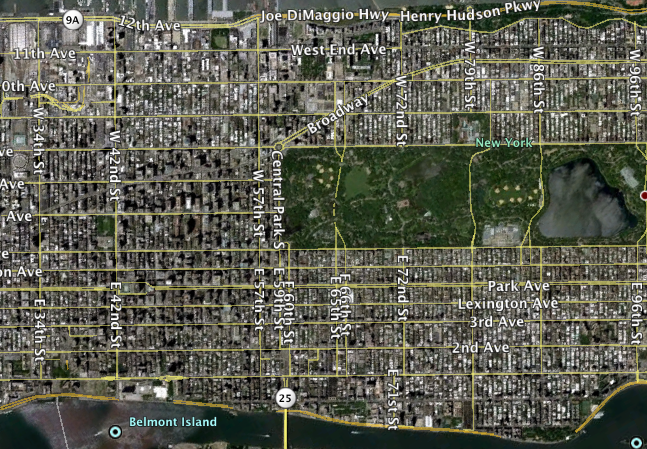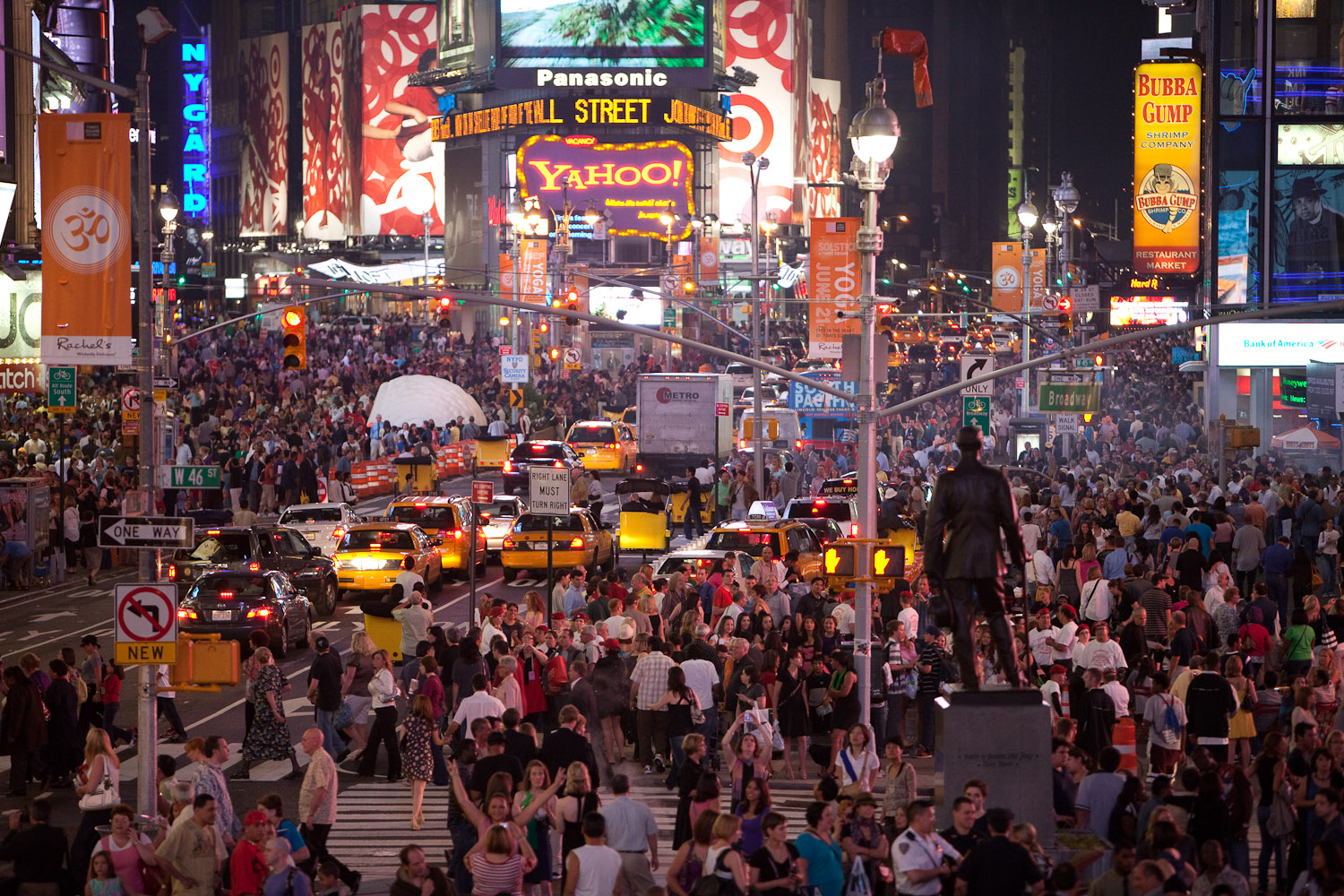From the three O’Hara’s poems I read, my favorite is “A Step Away From Them”. I like the poem’s rhythm and how it matches the fast paced NYC life. I also like how this poem gives insight into the dynamics present in NYC even today. NYC is the metropolis of America and is known for many great things. However, it is interesting that O’Hara decided to really focus on describing the mundane details of the city, such as “laborers feed their dirty glistening torsos sandwiches and Coca-Cola”. In fact, the only “big” destination O’Hara mentions is Times Square, perhaps to orient the reader. I relate to this poem because when I walk in the city, I also like to notice the little shops, the diverse people, and small details of the city similar to O’Hara’s descriptions.
Regarding, Ballard’s “Billenium,” I found this dystopian portrayal of a city from the overcrowding perspective very intriguing especially his descriptions of “pedestrian traffic” and the intensity of it. Before reading “Billenium” I thought the traffic in NYC was bad. Though the short story presented the energy of the streets in a negative view, when I read about it I thought of the energy in the streets of NYC in positive way. There is a certain excitement in NYC that could be linked to Manhattan’s grid. I read on timeout.com that because the layout of Manhattan is so straightforward, it intensifies the fast pace of the city. Photographer Joel Meyerowitz said that the streets of Manhattan “run for miles straight ahead, and so the energy on the street is funneled this way. And when you participate in that, you become part of the energetic dimension of life on the streets.” The grids of European cities like London and Paris, are more complicated so they “are for meandering” whereas “New York is for purposefully charging forward.” The images below illustrate this.















